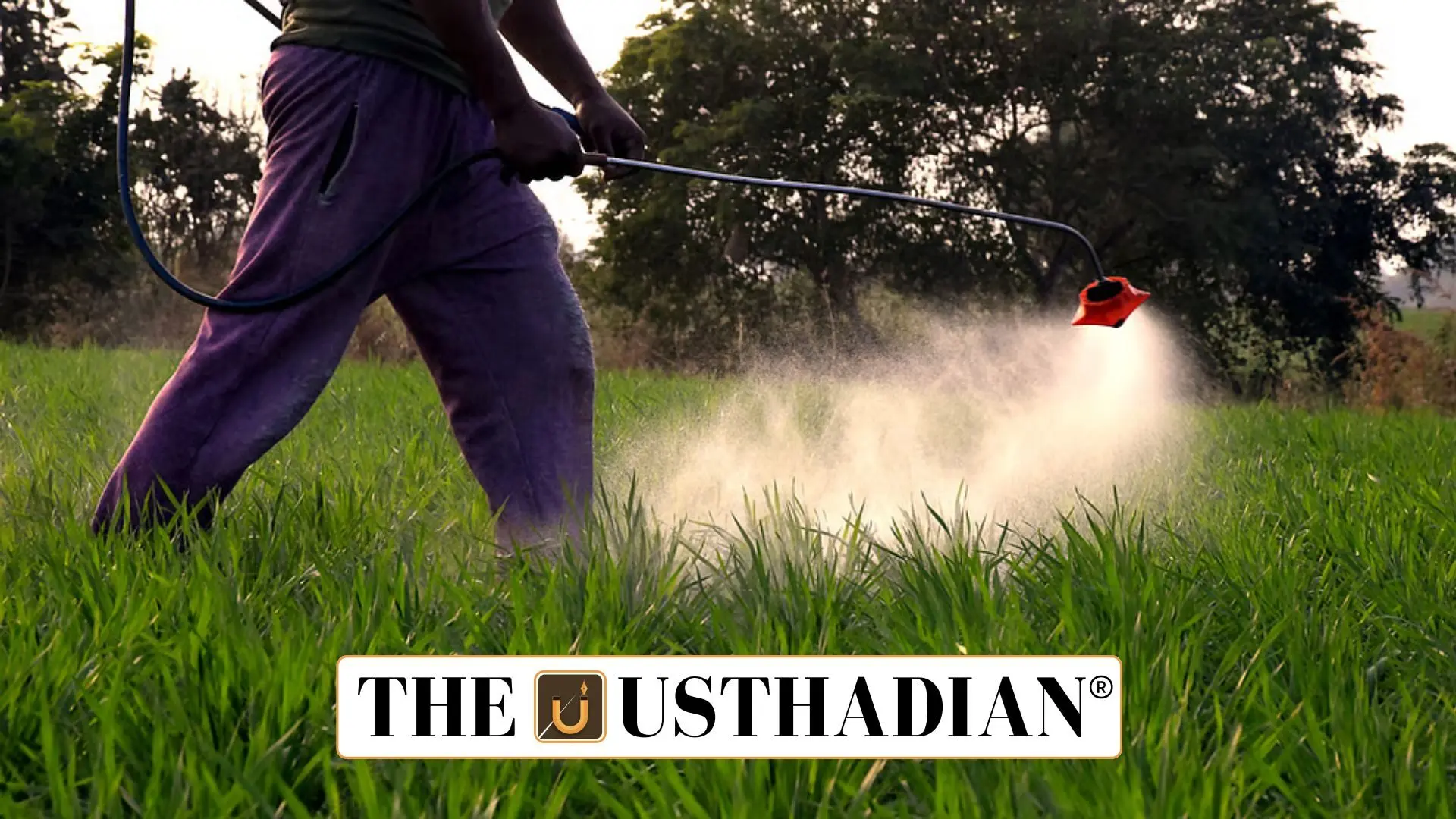Chlorpyrifos: A Threat to Health and Ecosystems
Chlorpyrifos and the BRS Conventions: A Global Call to Ban Hazardous Pesticides: Chlorpyrifos, labeled as a “moderately hazardous” pesticide by the World Health Organization (WHO), remains in use across India despite being banned in over 40 countries. Known for its severe neurotoxic effects, the chemical has been linked to brain damage in unborn children, reproductive disorders, and environmental contamination. Its ability to travel through air and water makes it a widespread risk, prompting scientists and public health experts to call for a global ban on its use in agriculture.
Building Global Pressure for Regulation
As the 2025 Conferences of the Parties (COPs) to the Basel, Rotterdam, and Stockholm (BRS) Conventions approach, global pressure is mounting to phase out chlorpyrifos. Organizations like Pesticide Action Network (PAN) India are pushing for its inclusion in Annex III of the Rotterdam Convention, which would require Prior Informed Consent (PIC) for its international trade. PAN India also advocates for listing it under Annex A of the Stockholm Convention, which would lead to a complete global ban. Experts argue that safer and more sustainable alternatives are already available, making the continued use of chlorpyrifos both unnecessary and dangerous.
India’s Domestic Use and Policy Shortcomings
Despite its risks, chlorpyrifos remains approved for use on 18 crops in India. Investigations have revealed not only its legal use but also unregulated applications of chlorpyrifos and other hazardous pesticides like paraquat. These findings underscore regulatory gaps and weak enforcement, exposing farmers and consumers to unnecessary health hazards. Advocates stress the need for India to align its pesticide regulations with international safety standards and invest in non-toxic, sustainable agriculture.
Understanding the Role of the BRS Conventions
The BRS Conventions form the foundation of international chemical safety:
- Basel Convention (1992): Prevents hazardous waste dumping by regulating its cross-border movement.
- Rotterdam Convention (2004): Enforces the PIC procedure, ensuring countries are informed before accepting hazardous chemical imports.
- Stockholm Convention: Targets Persistent Organic Pollutants (POPs) that persist in the environment and bioaccumulate in humans and animals, causing long-term health damage.
- Together, these agreements aim to ensure responsible global chemical management and safeguard environmental and public health.
A Crucial Moment for India’s Pesticide Policy
As the 2025 BRS COPs in Geneva approach, India faces increasing global scrutiny for continuing the use of banned chemicals. With 568 pesticide ingredients already banned worldwide, India is under pressure to reform its pesticide regulations. Experts are urging the government to take proactive steps to phase out chlorpyrifos, adopt safer alternatives, and align with international conventions. This could be a defining moment in reshaping India’s approach to chemical safety and environmental sustainability.
STATIC GK SNAPSHOT
Chlorpyrifos and the BRS Conventions: A Global Call to Ban Hazardous Pesticides:
| Topic | Details |
| Chemical in Focus | Chlorpyrifos |
| WHO Classification | Moderately hazardous |
| Used on | 18 approved crops in India |
| Health Risks | Neurotoxicity, fetal brain damage, reproductive harm |
| Advocating Organisation | PAN India |
| Key Convention for Ban | Stockholm Convention (Annex A), Rotterdam Convention (Annex III) |
| Basel Convention | Controls hazardous waste movement (Since 1992) |
| Rotterdam Convention | Implements PIC for hazardous chemical trade (Effective 2004) |
| Stockholm Convention | Regulates Persistent Organic Pollutants (POPs) |
| India’s Global Standing | Many globally banned pesticides still in use |
| COP 2025 Venue | Geneva, Switzerland |








